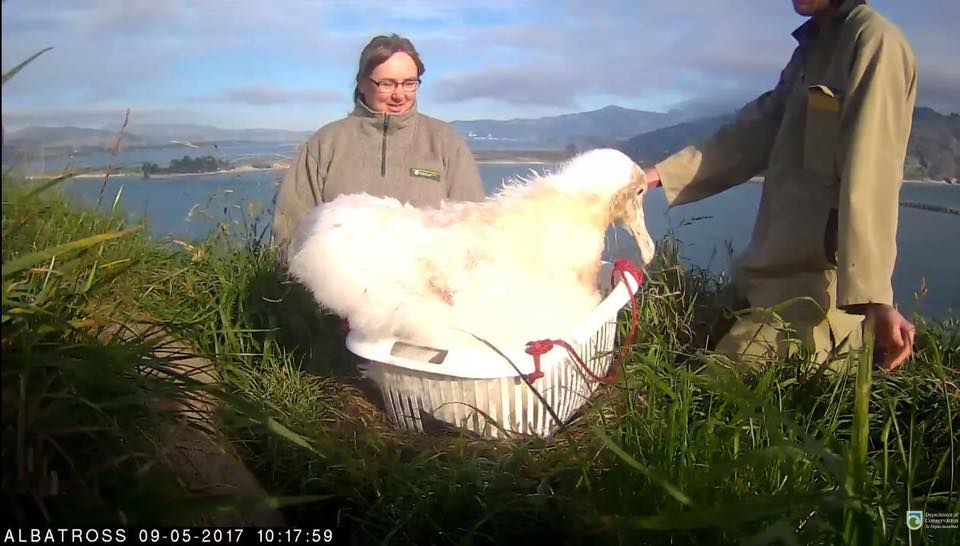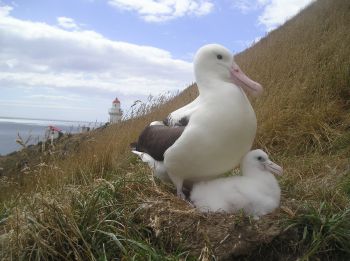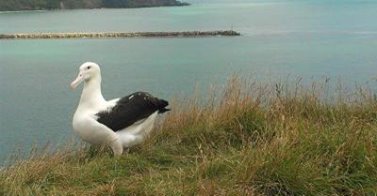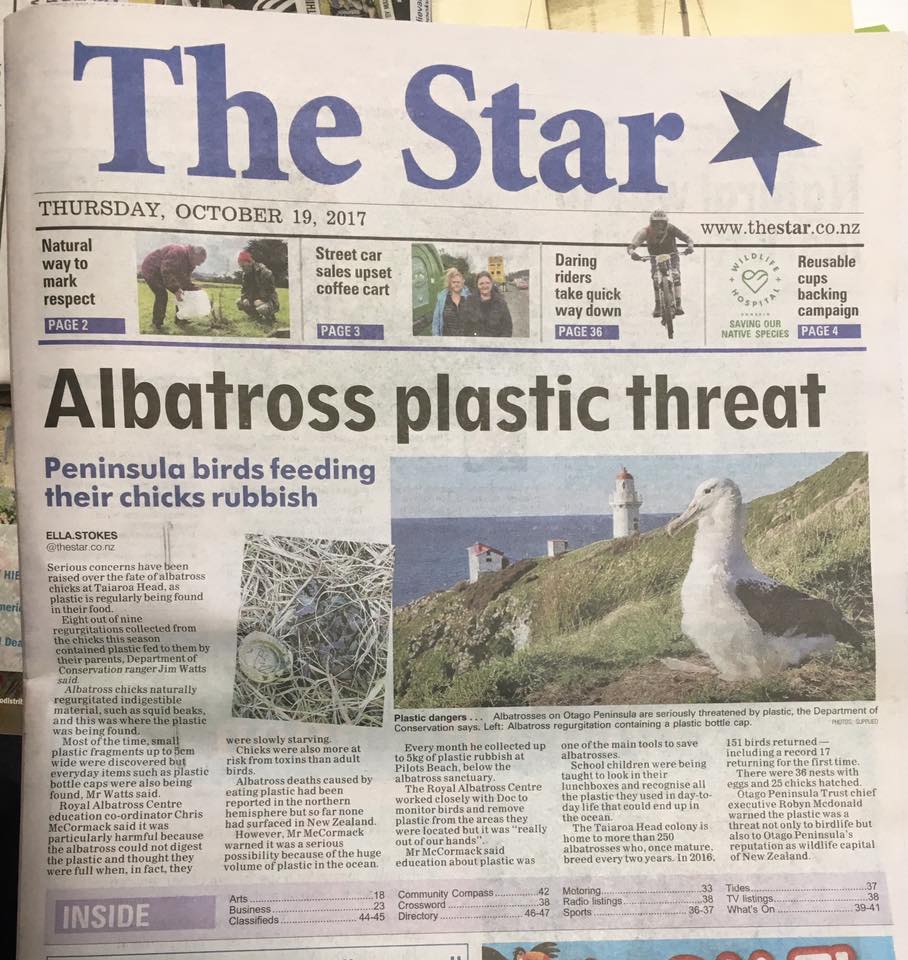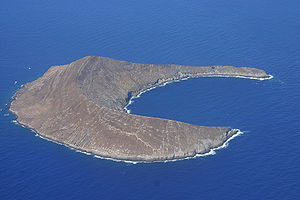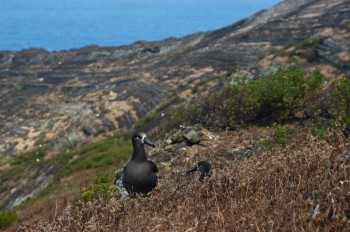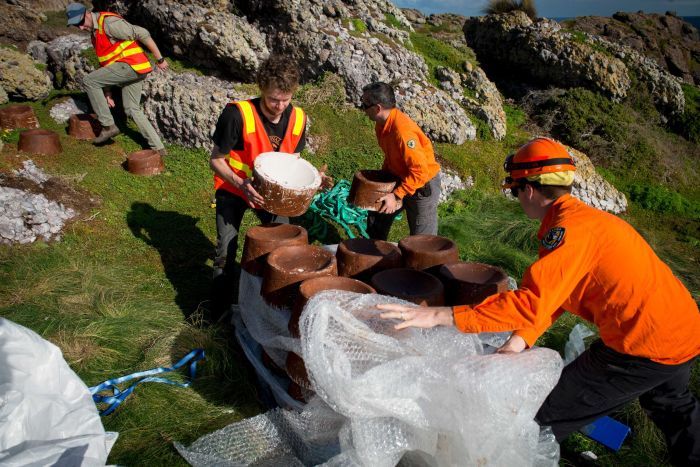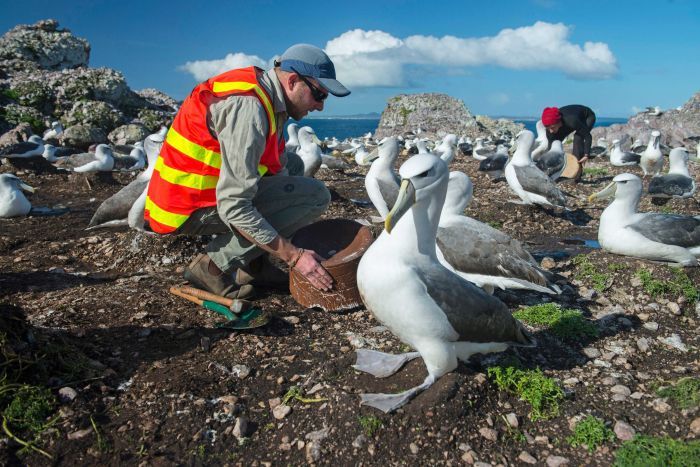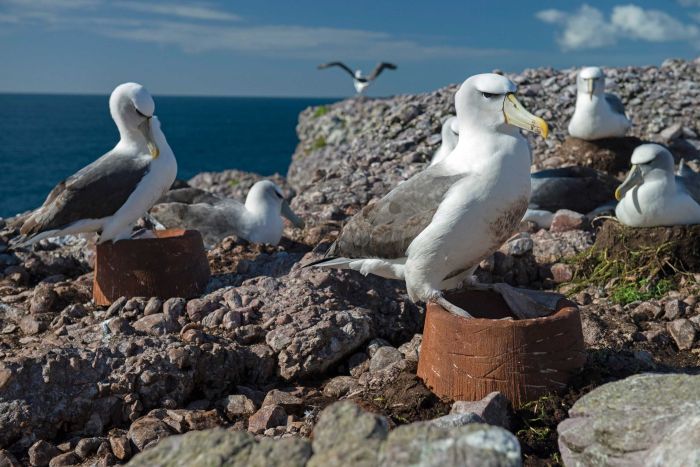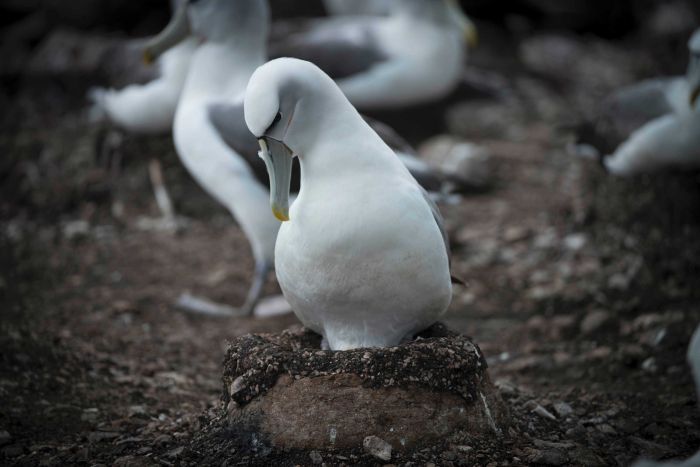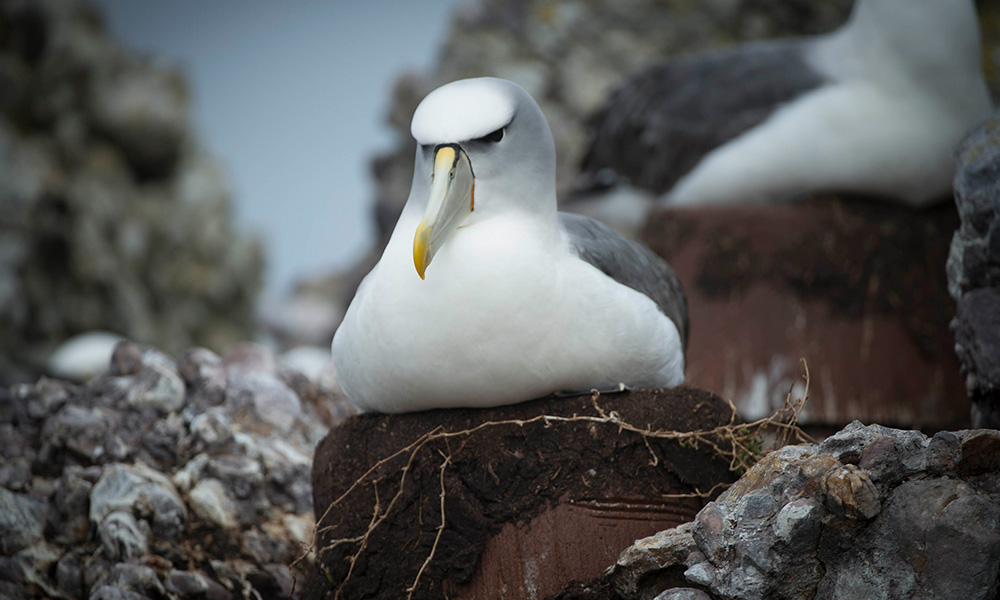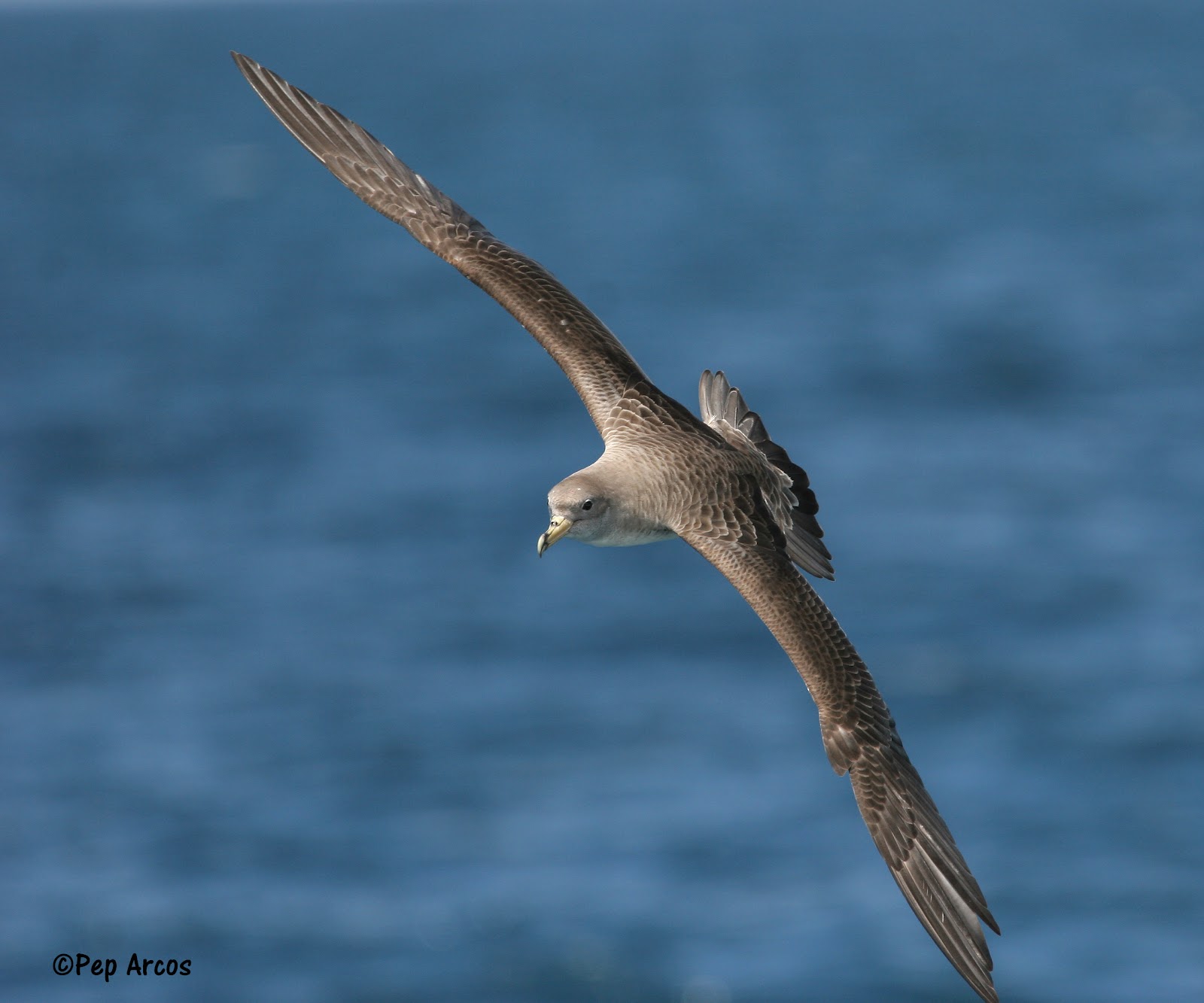Alice Carravieri (Centre d’Etudes Biologiques de Chizé, Université de La Rochelle, Villiers-en-Bois, France) and colleagues have published open access in the journal Royal Society Open Science on changes in aspects of foraging ecology of immature globally Vulnerable Wandering Albatrosses Diomedea exulans as they age.
The paper’s abstract follows:
“Very little is known about trophic ontogenetic changes over the prolonged immaturity period of long-lived, wide-ranging seabirds. By using blood and feather trophic tracers (δ13C and δ15N, and mercury, Hg), we studied age-related changes in feeding ecology during the immature phase of wandering albatrosses Diomedea exulans when they gradually change from a pure oceanic life to visits to their future breeding grounds. Immatures fed in subtropical waters at high trophic positions during moult. Between- and within-individual variations in isotopic niche were very high, irrespective of age, highlighting wide-ranging exploratory behaviours. In summer, while acting as central-place foragers from their future breeding colony, individuals progressively relied on lower trophic level prey and/or southern latitudes as they aged, until occupying a similar isotopic niche to that of adults. Immatures had exceptionally high Hg burdens, with males having lower Hg concentrations than females, suggesting that they foraged more in subantarctic waters. Our findings suggest a progressive ontogenetic niche shift during central-place foraging of this long-lived species.”
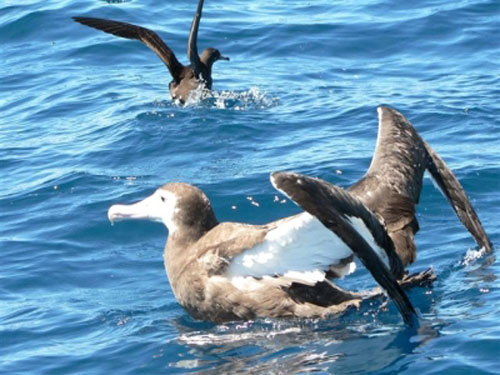
An immature Wandering Albatross at sea
Reference:
Carravieri, A., Weimerskirch, H., Bustamante, P., Cherel, Y. 2017. Progressive ontogenetic niche shift over the prolonged immaturity period of wandering albatrosses. Royal Society Open Science DOI:
John Cooper, ACAP Information Officer, 23 October 2017

 English
English  Français
Français  Español
Español 